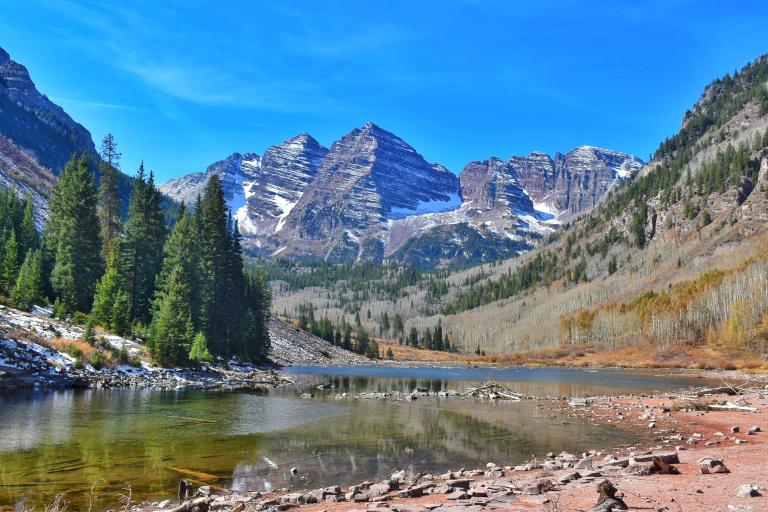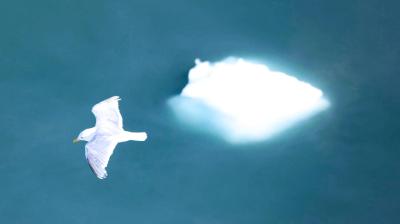Mountains matter and the cryosphere is critical
Mountains Matter and the Cryosphere is Critical is the message from the peaks to the valleys to the desert landscape of COP28 in Dubai on International Mountain Day, an annual event on 11 December drawing attention to the importance of our mountain ecosystems to the whole planet.

Mountains are home to 15% of the world´s population and host about half of the world's biodiversity hotspots. They provide freshwater to half of humanity.
Unfortunately, climate change is posing an existential threat to mountain glaciers. This was in the spotlight at a number of events at the UN Climate Change conference COP28.
"The cryosphere is one of the most important, but probably one of the least prioritized/monitored component of our hydrological cycle. Glaciers and high mountains : the water towers – are melting and melting fast," said WMO Deputy Secretary-General Elena Manaenkova. The cryosphere is the term for frozen water and includes, among others, snow, (sea) ice, glaciers and permfrost.
Approximately 40 of the glaciers monitored by the World Glacier Monitoring Service have long-term observations and are used to estimate glacier mass balance. From 2011-2020, glacial loss was nearly double the previous decade. On average, measured glaciers thinned by approximately 1 meter per year, according to WMO’s State of the Climate 2011-2020 report.
Countries like Bhutan are carbon negative, meaning that it fix more carbon from the atmosphere (mainly stored in forest and wetlands) than it emits. However, it very much exposed to the impacts of climate change, diminishing cryosphere and related hazards such as floods and slides.
Year of Glacier Preservation
Countries such as Tajikistan illustrate the challenges ahead. It is a mountainous country with vast water resources, especially glaciers. Over the past few decades, more than a thousand glaciers in Tajikistan have been destroyed, speakers told a side event at COP28.
This has major implications for sustainable development in a nation in which about 80 percent of the agricultural production comes from irrigated land and more than 98% of electricity in the country is generated by hydropower plants.
The impacts of hydrological changes from the retreat of glaciers and permafrost thaw are approaching the point of no-return.
Tajikistan is thus one of the key sponsors of the International Year of Glacier Preservation 2025, which will also be coordinated by WMO and the UN Educational Scientific and Cultural Organization.
Dr Manaenkova looked at what are the gaps we are dealing with and what needs to be done.
Significant gaps exist in understanding the distribution and characteristics of cryospheric variables, such as permafrost extent, glacier ice volumes, trends in sea, lake and river ice, and snow cover variation. Despite advances from Earth observation satellites, major challenges persist in dealing with cloud cover and rugged terrain and ground observations that are very costly.
At the same time, there are projection uncertainties due to limitations in current models and the lack of local observations. We miss an integrated risk assessment regarding the effects of cryosphere change on natural hazards, infrastructure, and ecosystem shifts, she said.
Adaptation measures for high mountains are challenging, with gaps in systematically evaluating their integrated cost-benefits and long-term effectiveness.
« All this needs transdisciplinary approaches. We need to: raise awareness, enhance scientific understanding, promote action, and strengthen policy frameworks. We need climate change adaptation and mitigation to strengthen resilience and, last but not least, significantly increased financial support, » said Dr Manaenkova.










